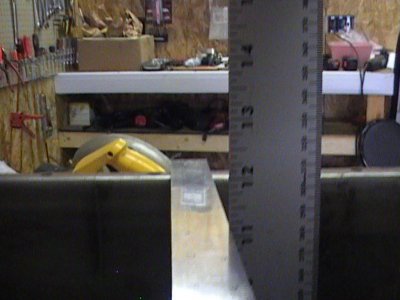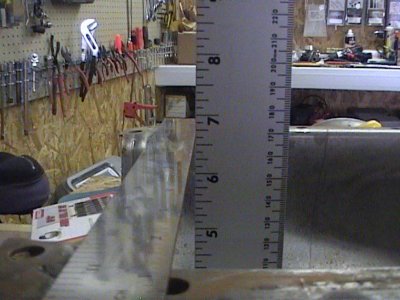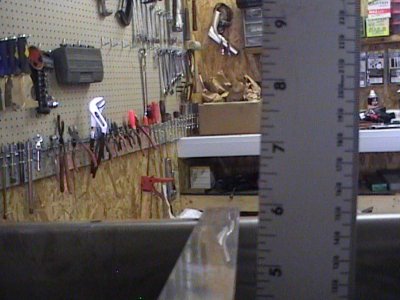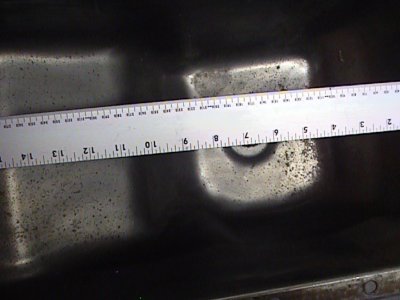LCAM-01XA
Full Access Member
Racer30, if you have access to the side of the oil pan you should be able to install the OEM Ford sensor, it screws in from the outside and the nut for it can be welded on the outside as well. However it may be a good idea to wait till I try it first, as if I screw up I will simply weld up the oil pan like it never happened, which may not be easily doable in a motorhome.
Jaluhn83, I'm not sure how exactly the sensor works, it's not really a float but I don't know what it really is. The EVTM is not very descriptive there, only says the sensor grounds when oil gets about a quart and a half low. My guess is at that time the sensor gets exposed to air, but what does to it to cause it to ground I have absolutely no idea. And the more I look at it the more it seems they use the sensor just as a switched ground for the relay's pull coil, while the actual warning light is hooked up to the load circuit of the relay, and the only reason to even use a relay is cause of the timing circuit which waits 5 min after power has been cut off before resetting relay (this done to allow for oil to drain back in the pan). I'll know more when I get my hands on a sensor and a relay with timing circuit attached.
Jaluhn83, I'm not sure how exactly the sensor works, it's not really a float but I don't know what it really is. The EVTM is not very descriptive there, only says the sensor grounds when oil gets about a quart and a half low. My guess is at that time the sensor gets exposed to air, but what does to it to cause it to ground I have absolutely no idea. And the more I look at it the more it seems they use the sensor just as a switched ground for the relay's pull coil, while the actual warning light is hooked up to the load circuit of the relay, and the only reason to even use a relay is cause of the timing circuit which waits 5 min after power has been cut off before resetting relay (this done to allow for oil to drain back in the pan). I'll know more when I get my hands on a sensor and a relay with timing circuit attached.


 My concern is a slower leak, like a seal partially letting go, something that's not serious enough by itself to sideline you but if left unnoticed can eventually mess things up. Well that, and the neglect thing you mention, guilty as charged there too
My concern is a slower leak, like a seal partially letting go, something that's not serious enough by itself to sideline you but if left unnoticed can eventually mess things up. Well that, and the neglect thing you mention, guilty as charged there too 

 I pulled over and popped the hood...the dipstick was completely dry and there was oil all over the firewall. Turned out the plastic line going to my mechanical oil pressure gauge had failed, and I was pumping oil out of the block. Fortunately, no ill effects from that...I've put almost 70K miles on the truck since then with no problems. This is a pretty extreme example, but it helps demonstrate the need for something like this...even if you're religious about checking oil level at every fuel-up (I am), you can still have something go wrong, and it'd be nice to know something's going on before it's too late. Same logic with a low coolant level alarm setup...
I pulled over and popped the hood...the dipstick was completely dry and there was oil all over the firewall. Turned out the plastic line going to my mechanical oil pressure gauge had failed, and I was pumping oil out of the block. Fortunately, no ill effects from that...I've put almost 70K miles on the truck since then with no problems. This is a pretty extreme example, but it helps demonstrate the need for something like this...even if you're religious about checking oil level at every fuel-up (I am), you can still have something go wrong, and it'd be nice to know something's going on before it's too late. Same logic with a low coolant level alarm setup...


